Growing Zinnias From Seed For Beginners

Zinnias are a summer garden staple for good reason. They come in a wide range of colors, bloom all summer long, and are easy to grow. Even beginners can grow loads of beautiful zinnia blooms. Plus, bees and butterflies love them so they are perfect for pollinator gardens! Keep reading to learn how to grow zinnias from seed.
Types Of Zinnias
Zinnias are annual flowers that grow in full sun and well-drained soil. They thrive in heat and tolerate drought well. Zinnias range in height from 6 inches to over 4 feet tall. Their flowers can be striped, speckled, or solid in a variety of colors from pastel to vibrant hues.
Zinnias also come in an array of flower forms. These include single bloom, beehive, button, and cactus. They make wonderful cut flowers that can last in a vase for a week or more. And, if deadheaded, they can bloom from early summer until frost. But we’ll talk about that later!
How To Plant Zinnia Seeds
Zinnias prefer direct sowing in the garden, but you can start seeds indoors and transplant them later. Start zinnia seeds in peat pots or another form of biodegradable pot. When seedlings are a few inches tall, plant zinnias and pots in the garden to avoid disturbing seedlings’ tender roots.
The easiest way to grow zinnias from seed, however, is to plant them straight into the garden. Spacing depends upon the variety you wish to grow. Look at the back of your seed packet for instructions specific to your type. Once all chance of frost has passed, plant zinnia seeds in well-draining soil. Lightly cover the seeds with soil and give them a good drink. Keep soil moist, but not soggy. Zinnia seeds should germinate in 5 to 10 days.
How To Care For Zinnias
Some zinnias benefit from staking. Use garden supports to keep tall zinnia varieties from flopping over. Plant them next to a trellis, mailbox, or lamppost or create your own zinnia supports with strong vertical stakes and twine. Weave twine into a grid when plants are still small and zinnias will grow right through.
Deadheading helps zinnias bloom all summer long. Once flowers fade, cut or pop the heads off your zinnias. Cutting flowers for bouquets also prolongs blooming. Succession planting is another way to extend zinnia blooming. Starting in late spring, plant zinnia seeds in the garden every two weeks until mid-summer to ensure fresh blooms through fall. Another option is to let faded flowers remain and go to seed, then save the seeds to grow in next year’s garden.
Gardening tips, videos, info and more delivered right to your inbox!
Sign up for the Gardening Know How newsletter today and receive a free copy of our e-book "How to Grow Delicious Tomatoes".
Zinnia Diseases And Pests
Zinnias are very low-maintenance, however, they can encounter some problems. Common zinnia pests include spider mites, grasshoppers, and bud worms. Zinnias can also develop powdery mildew but, thanks to breeders, many new cultivars like the ‘Magellan’ series are more resistant to this problem. To prevent problems, avoid overhead irrigation and water early in the day to keep foliage dry. Space plants far enough apart to allow for good airflow to keep plants happy and healthy.

Laura Walters is a Content Editor who joined Gardening Know How in 2021. With a BFA in Electronic Media from the University of Cincinnati, a certificate in Writing for Television from UCLA, and a background in documentary filmmaking and local news, Laura loves providing gardeners with all the know how they need to succeed, in an easy and entertaining format. Laura lives in Southwest Ohio, where she's been gardening for ten years, and she spends her summers on a lake in Northern Michigan. It’s hard to leave her perennial garden at home, but she has a rustic (aka overcrowded) vegetable patch on a piece of land up north. She never thought when she was growing vegetables in her college dorm room, that one day she would get paid to read and write about her favorite hobby.
-
 Best Tomatoes For Containers: 10 Tastiest Varieties For Plentiful Produce In Compact Areas
Best Tomatoes For Containers: 10 Tastiest Varieties For Plentiful Produce In Compact AreasThese are the best tomatoes for containers that prove you don't need to have a large space or elaborate garden to grow delicious produce.
By Bonnie L. Grant
-
 Ultimate Potted Flowers For Spring: 8 Brilliant Blooming Options for Spring Containers
Ultimate Potted Flowers For Spring: 8 Brilliant Blooming Options for Spring ContainersCelebrate the most uplifting of seasons with the most dazzling container flowers imaginable. Here, we present some of the loveliest potted flowers for spring…
By Tonya Barnett
-
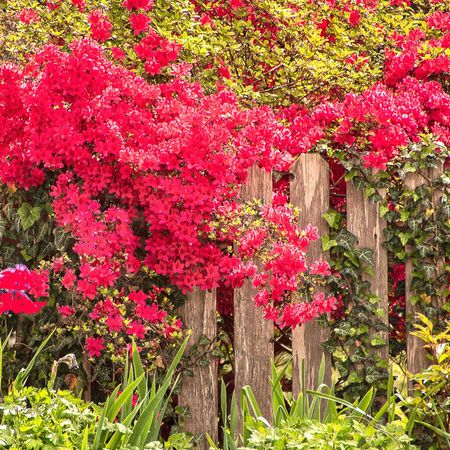 Spectacular Early Blooming Shrubs: 6 Sparkling Spring Flowering Bushes
Spectacular Early Blooming Shrubs: 6 Sparkling Spring Flowering BushesWant to kickstart your gardening year with dazzling spring flowering bushes for beds and borders? These unique early bloomers are sure to help you rise and shine!
By Teo Spengler
-
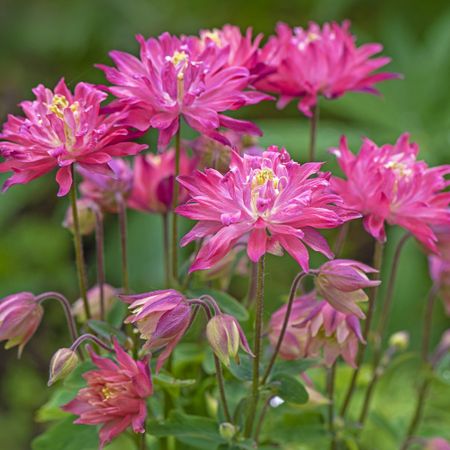 7 Shade-Loving Flowers To Start From Seed Now For A Stunning Summer Garden
7 Shade-Loving Flowers To Start From Seed Now For A Stunning Summer GardenTurn shady spots into vibrant new garden spaces with lovely and illuminating shade-loving flowers.
By Ellen Wells
-
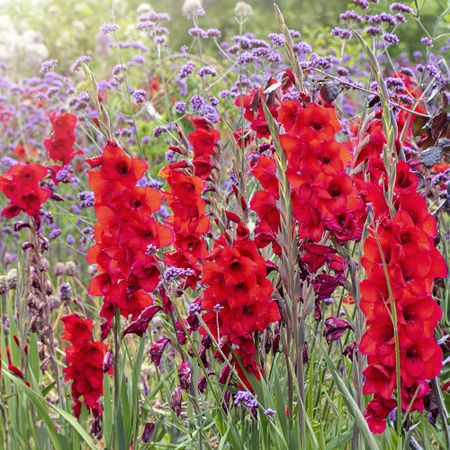 7 Summer-Blooming Bulbs To Plant In Early Spring: Don't Miss Months Of Glorious Flowers!
7 Summer-Blooming Bulbs To Plant In Early Spring: Don't Miss Months Of Glorious Flowers!Get a head start on stunning summer blooms with these easy-to-plant bulbs – act early and you will enjoy vibrant flowers that last for months on end.
By Mary Ellen Ellis
-
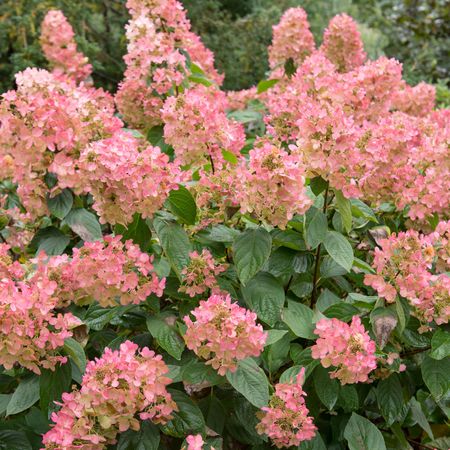 Quick Fire Hydrangea – The Elegant, Easy-Care Shrub Every Gardener Needs In Their Landscape
Quick Fire Hydrangea – The Elegant, Easy-Care Shrub Every Gardener Needs In Their LandscapeIf you’re after an early flowering panicle hydrangea that offers plenty of floral variety, the Quick Fire hydrangea goes big on visual dynamics from early summer to fall
By Tonya Barnett
-
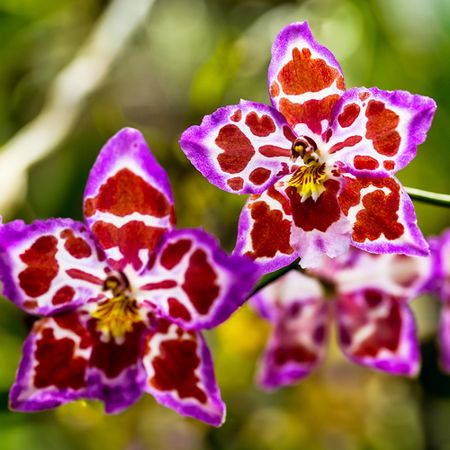 8 Rare Orchids That Make Stunning Houseplants – Some Are Surprisingly Easy To Grow
8 Rare Orchids That Make Stunning Houseplants – Some Are Surprisingly Easy To GrowDiscover unique orchids that will add exotic beauty to your home. Some make easygoing houseplants, while others offer a challenge for more seasoned growers.
By Melanie Griffiths
-
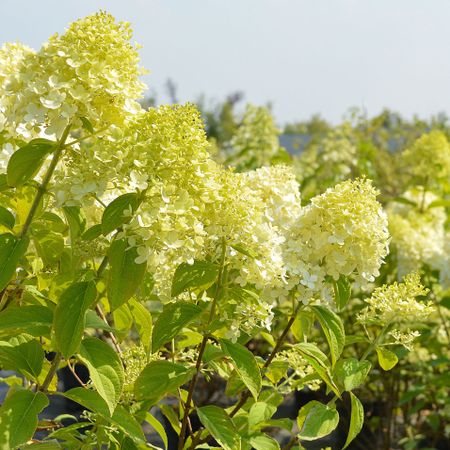 Grow Limelight Hydrangea Shrubs For Green Themed Displays And Brilliant Borders
Grow Limelight Hydrangea Shrubs For Green Themed Displays And Brilliant BordersIf you're a panicle hydrangea lover in search of flamboyant, long-lasting florals, knowing how to grow Limelight hydrangea shrubs will ensure gorgeous green blooms
By Mary Ellen Ellis
-
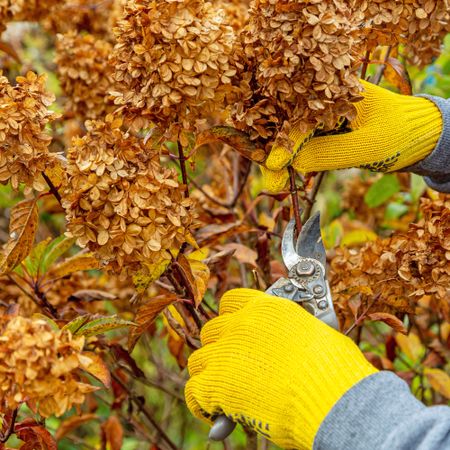 8 Flowering Shrubs You Must Prune Before Winter Ends For Maximum Blooms This Summer
8 Flowering Shrubs You Must Prune Before Winter Ends For Maximum Blooms This SummerMany summer-flowering shrubs should be trimmed before winter ends, so don’t wait. Get out there on a sunny day and prune your shrubs for more flowers and healthy growth in spring and summer.
By Mary Ellen Ellis
-
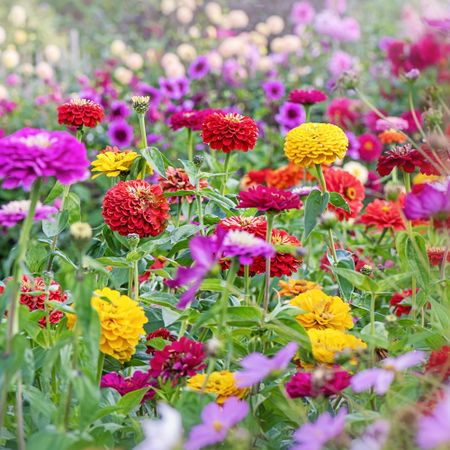 7 Must-Sow Flower Seeds For February To Ensure A Dazzling Summer Garden
7 Must-Sow Flower Seeds For February To Ensure A Dazzling Summer GardenDon't let the cold weather stop you from realizing your growing ambitions. These stunning flowers can all be started indoors in winter for breathtaking results.
By Bonnie L. Grant